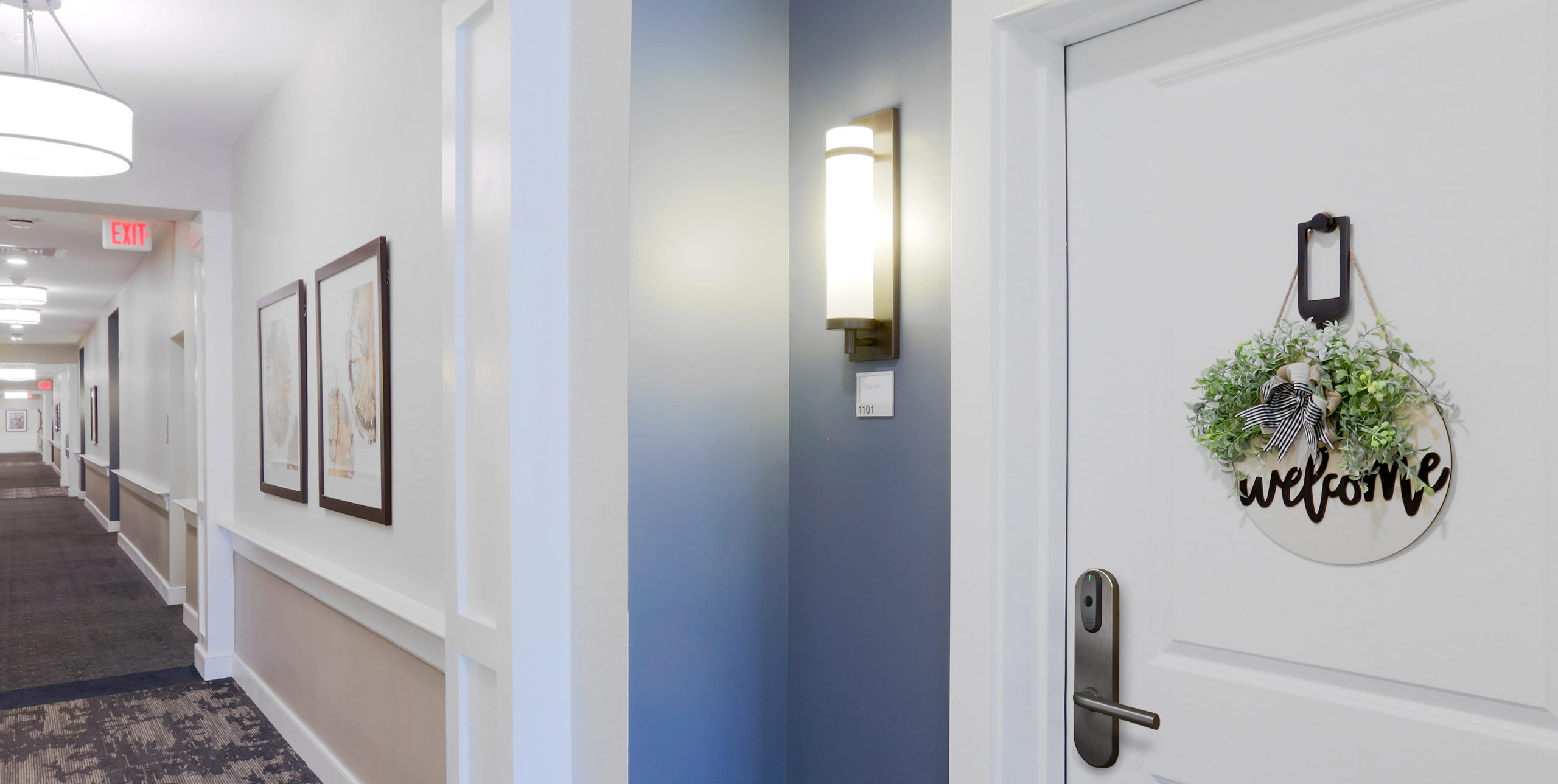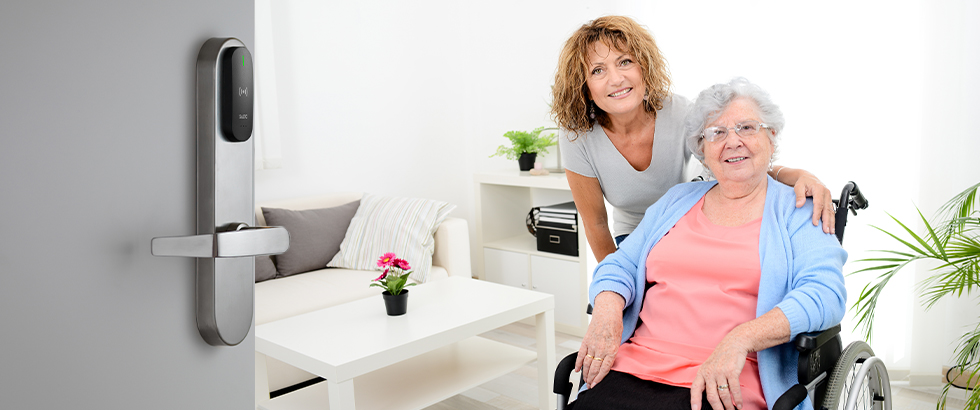We’re growing older. According to the 2020 U.S. census report, one in six Americans were 65 and over, representing the greatest 10-year increase in this demographic within the past 100 years. This trend is expected to continue as all baby boomers will have reached senior status by 2030. And by 2040, the number of people aged 85 or older is expected to more than double from 2019 levels, according to the U.S. government agency, Administration for Community Living.
Many older individuals will reside in senior communities or assisted living during some part of the lives. More than 810,000 people already occupied assisted living facilities in early 2023, and this upward trend will continue as the population ages, bolstered by people’s increasing longevity.
The Challenges of Senior Living Communities
With the growth in the assisted living market anticipated to more than double in the next 10 to 20 years, according to one report, senior living accommodations will need to keep pace. However, another challenging trend is also on the rise for these communities — legal liability. WTW, an insurance organization, has published a benchmarking report detailing its actuarial analysis of thousands of senior living claims. Clearly, not taking appropriate safety measures can cost a lot of money and ruin a facility’s reputation.
“The top priority of any senior care or assisted living facility is ensuring that residents, particularly those who may have cognitive or physical impairments, or other special needs, are safe and secure in their living environment,” says Kyle Pfeiffer, Industry Solution Leader — Healthcare, for SALTO Systems. “A modern electronic access control system should be viewed as a powerful tool in a comprehensive risk mitigation strategy for senior living facilities.”

Risk Mitigation
Deploying smart access technology goes a long way toward protecting residents, staff and management in senior living facilities against risk. This solution replaces physical keys with “smart” credentials — taking the form of key fobs, key cards, PIN code access or smartphone digital keys.
Electronic access control systems offer numerous efficiency and ease-of-use benefits including preventing staff from having to manage multiple physical keys, streamlining visitor management, managing resident moves and turnover, and managing regulatory compliance and reporting. In addition, there are also significant safety benefits associated with incorporating smart access systems. “Not only do smart locks protect residents from unauthorized access to their living spaces, they enable staff to move efficiently throughout the building to be able to quickly respond to their needs,” notes Pfeiffer.
Another important feature in managing risk in senior living facilities is the audit trail that modern access control systems creates. This refers to event logging and the associated storage and retrieval of access data — who was where and when. “This provides a complete accounting of all interactions at every lock, wall reader or access point on the system,” says Pfeiffer, with the data stored and protected using advanced cybersecurity measures.
The mere presence of a monitoring system can deter potential negligent behavior or misconduct, he adds. With a secure, unalterable record of all access events, a facility operator can immediately investigate and act based on reported or suspected situations. “With both staff and residents aware that their access within the facility is being logged, they may be less likely to engage in unauthorized or inappropriate actions.”
Many Benefits
Additional risk mitigation features and benefits include:
- Wandering prevention. Residents with cognitive issues can be monitored to ensure they don’t stray into potentially dangerous areas or leave the facility.
- Emergencies. In an emergency situation, certain areas of the facility can be locked down to protect residents and staff, or doors can be immediately opened to facilitate evacuation.
- Access rights. Administrators are able to change access permissions in real time, which is essential for managing staff changes, lost credentials or changes in a resident’s condition.
- No physical keys. This prevents keys from being lost or falling into the wrong hands.
- Visitor management. Temporary access credentials for visitors expire automatically, controlling visitor access without additional manual intervention.
- Compliance. HIPAA compliance for medical records and information can be maintained by restricting access to areas where patient data is kept.
When Safety Is Paramount
For facilities concerned about patient safety, potential liability and easy access control, smart locks offer a cost-efficient solution that addresses all these needs. “Access control systems are an essential part of senior living property management, and demand for security measures is likely to grow,” says Pfeiffer. “The future of senior living lies in rethinking how we live and work in these environments. Leveraging SALTO’s advanced access control technology addresses the needs of residents, their visitors and staff — enhancing their experiences, both now and in the future.”
Related Stories
| Oct 12, 2010
Cell and Genome Sciences Building, Farmington, Conn.
27th Annual Reconstruction Awards—Silver Award. Administrators at the University of Connecticut Health Center in Farmington didn’t think much of the 1970s building they planned to turn into the school’s Cell and Genome Sciences Building. It’s not that the former toxicology research facility was in such terrible shape, but the 117,800-sf structure had almost no windows and its interior was dark and chopped up.
| Oct 11, 2010
MBMA Releases Fire Resistance Design Guide for metal building systems
The Metal Building Manufacturers Association (MBMA) announces the release of the 2010 Fire Resistance Design Guide for Metal Building Systems. The guide provides building owners, architects, engineers, specifiers, fire marshals, building code officials, contractors, product vendors, builders and metal building manufacturers information on how to effectively meet fire resistance requirements of a project with metal building systems.
| Sep 13, 2010
Second Time Around
A Building Team preserves the historic facade of a Broadway theater en route to creating the first green playhouse on the Great White Way.
| Sep 13, 2010
World's busiest land port also to be its greenest
A larger, more efficient, and supergreen border crossing facility is planned for the San Ysidro (Calif.) Port of Entry to better handle the more than 100,000 people who cross the U.S.-Mexico border there each day.
| Sep 13, 2010
Data Centers Keeping Energy, Security in Check
Power consumption for data centers doubled from 2000 and 2006, and it is anticipated to double again by 2011, making these mission-critical facilities the nation's largest commercial user of electric power. With major technology companies investing heavily in new data centers, it's no wonder Building Teams see these mission-critical facilities as a golden opportunity, and why they are working hard to keep energy costs at data centers in check.
| Aug 11, 2010
ASHRAE publishes paper on HVAC and airborne diseases
As health and school officials deal with a second wave of the H1N1 virus, commonly referred to as swine flu, ASHRAE has published information on health consequences of exposure to such airborne infectious diseases and the implications on the design, installation, and operation of HVAC systems.
| Aug 11, 2010
Morphosis builds 'floating' house for Brad Pitt's Make It Right New Orleans foundation
Morphosis Architects, under the direction of renowned architect and UCLA professor Thom Mayne, has completed the first floating house permitted in the U.S. for Brad Pitt’s Make It Right Foundation in New Orleans.The FLOAT House is a new model for flood-safe, affordable, and sustainable housing that is designed to float securely with rising water levels.











